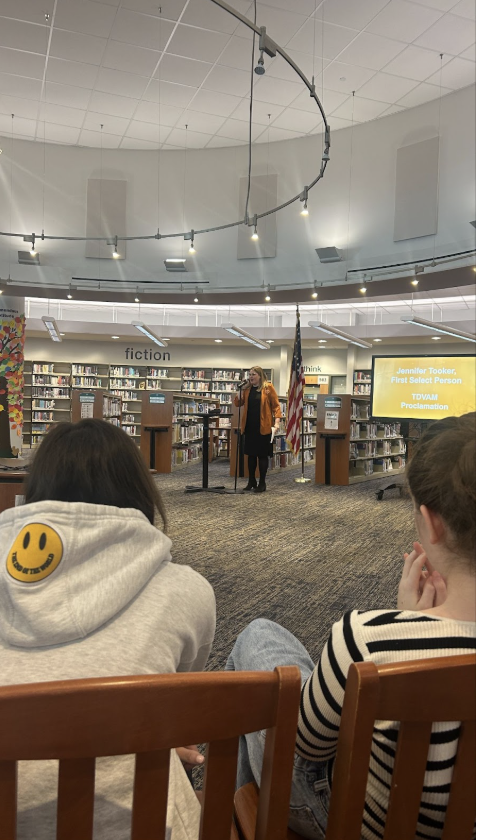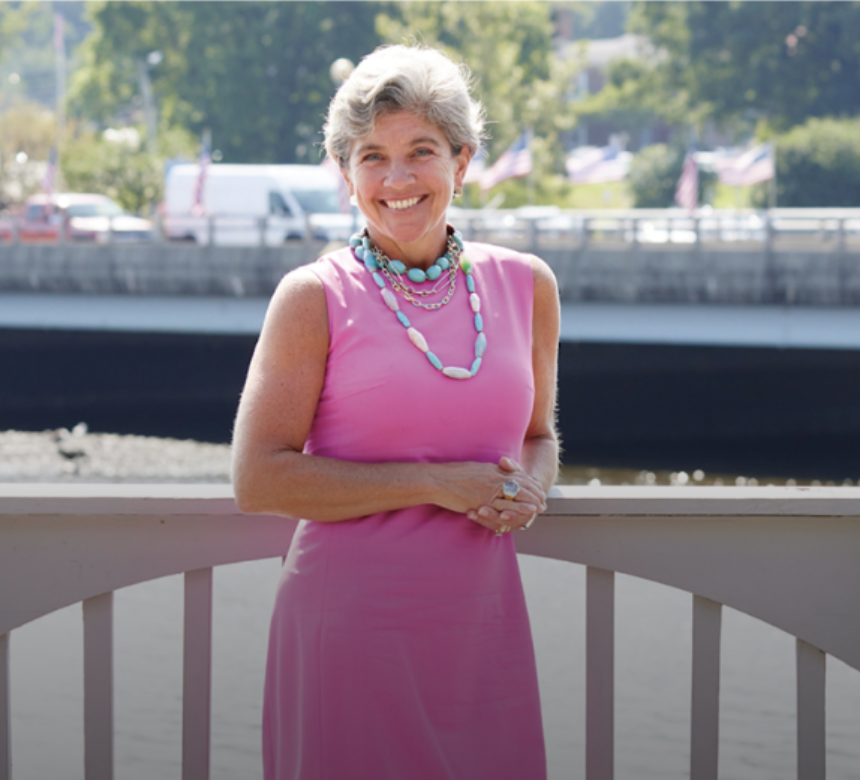Somewhere underground thousands of boxes of Spam sit untouched.
Dec. 21, 2012 began as the prophetic day conspiracists believed would usher in the cataclysmic collapse of life. Monstrous tsunamis, fiery asteroid collisions and catastrophic solar flares were among the fruity array of ways mankind would meet its end.
However, much to the dismay of doomsday “preppers” who shelled out thousands on elaborate bunkers, gas masks and freeze-dried meals, the hysteria became more comic than cosmic within a few hours–the punch line of millions of tweets.
“Everybody loves a good apocalypse theory. The more ridiculous, the more entertaining,” Isabel Perry ’15 said. “Though my version would probably have had more to do with zombies.”
The 2012 phenomenon, which first bubbled up in the dark and sketchy corners of the Internet, caught fire with the release of doomsday spectacle “2012.” Despite a lack of substantiating evidence, the theory gained major publicity as the film introduced the masses to the frenzy surrounding the expiration of the Mayan calendar.
“It’s a very clear example of what I like to call ‘the voodoo effect,’ which is when people are so convinced so highly of something that does not make sense that they will not listen to logic or reason,” Suki Hyman ’15 said.
However, false alarms of cataclysmic paranoia are nothing new. Humanity has a long history of auguring its own demise, which some say they attri
bute to the fact that it’s purely entertaining from a YOLO standpoint.
“Believing that the world might end puts people on edge. But it’s not always said that people don’t love living on the edge,” Chris McKinney ’14 said. “Having our own sense of mortality advertised and thrown in our faces constantly puts our lives into perspective.”
While the 2012 phenomena may have come and gone, conspiracists are still developing new theories.
Science teacher Michael Aitkenhead raised some interesting cataclysmic scenarios, just fatal enough to be the plot of the next disaster movie. He discussed the eruption of super volcanoes in Yellowstone National Park and the Canary Islands that could trigger landslides and tsunamis powerful enough to wipe out the US.
However, with an overwhelming number of possibilities as to how Earth could face its end, Aitkenhead doesn’t see reason to fret. “There’s a million and one things that have happened on Earth that have caused widespread destruction. The reality is they will happen again. They could happen tomorrow, they could happen a million years from now,” Aitkenhead said. “We can’t predict it, so why worry about it?”















































